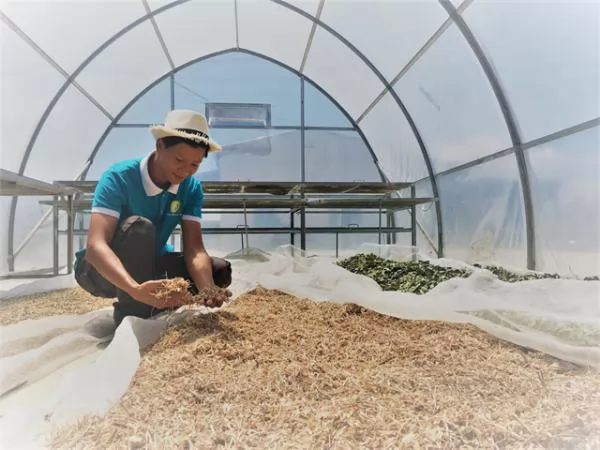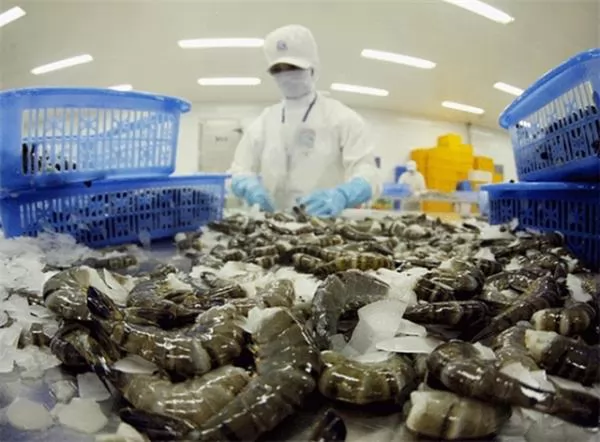Cần Giờ has enormous potential for high-value aquatic products, swift nests

Farmers in HCM City’s Cần Giờ District collect spotted Babylon snails. VNS Photo Văn Châu
HCM CITY – After switching to breeding spotted Babylon snails nine years ago Hùynh Văn Mảnh’s income has risen by multiple times compared to breeding shrimp or fish.
The farmer in HCM City’s Cần Giờ District said: “Compared to other aquatic creatures, spotted Babylon snails are easy to breed, contract diseases less and fetch high value. On a breeding area of around 7,000sq.m, the income is nearly VNĐ1 billion (US$43,000) a year.”
Long Hòa Commune in Cần Giờ District is good for spotted Babylon snails because the sea is clean and calm.
The breeding lasts three to five months.
The best time to release juveniles into the breeding area is in the late afternoon when the sun is about to set, and this ensures a high survival rate.
Mảnh breeds around eight million juveniles in a breeding area with a depth of three metres about 320m from land.
With its advantage as a coastal district, Cần Giờ also has the potential to develop the swifts’ nest industry.
The swift-breeding industry has developed rapidly in Việt Nam, mainly in southern provinces and cities.
Around 5,800 houses had been built for breeding the birds in 41 provinces and cities by the end of last year, with around 6.1 million birds producing nearly 50 tonnes of nest a year.
HCM City has the highest number of swift farms. It has 542 swift nesting houses in 19 districts, 231 of them in Cần Giờ, where more than six tonnes of nests are harvested annually.
Currently raw bird’s nest fetches VNĐ20-30 million (US$880-$1,322) per kilogramme while it is VNĐ40-45 million for refined nests, and even VNĐ100-200 million for some special varieties.
According to the Việt Nam Swiftlet Farmers Association, building houses for swift breeding is growing at 23-25 per cent a year.
To achieve sustainable development, Cần Giờ District authorities should draft sanitation regulations for these houses and make zoning plans to create favourable conditions for investors, experts said.
Measures to minimise the impacts on the birds’ natural prey species are also needed, they added.
In Cần Giờ, besides spotted Babylon snails and swift nests, some 300 farmers have also switched to other high-value creatures such as oyster, clam and grouper fish. – VNS
Maybe you are interested

Young men launch organic farm after studying in Israel
KHÁNH HÒA — Three years ago, the sugarcane growing area in Ninh Hòa Town, the south-central province of Khánh Hòa, was a barren land lot.

Shrimp exporters bring home US$3.85 billion in 2020
HÀ NỘI — Earnings from shrimp exports reached US$3.85 billion last year, up 15 per cent year-on-year despite difficulties caused by the COVID-19 pandemic.

Long An breeds brackish-water shrimp
LONG AN — The Cửu Long (Mekong) Delta province of Long An plans to invest more than VNĐ1.24 trillion (US$53 million) to develop brackish water shrimp cultivation in the 2020-25 period, according to its Department of Agriculture and Rural Development.





